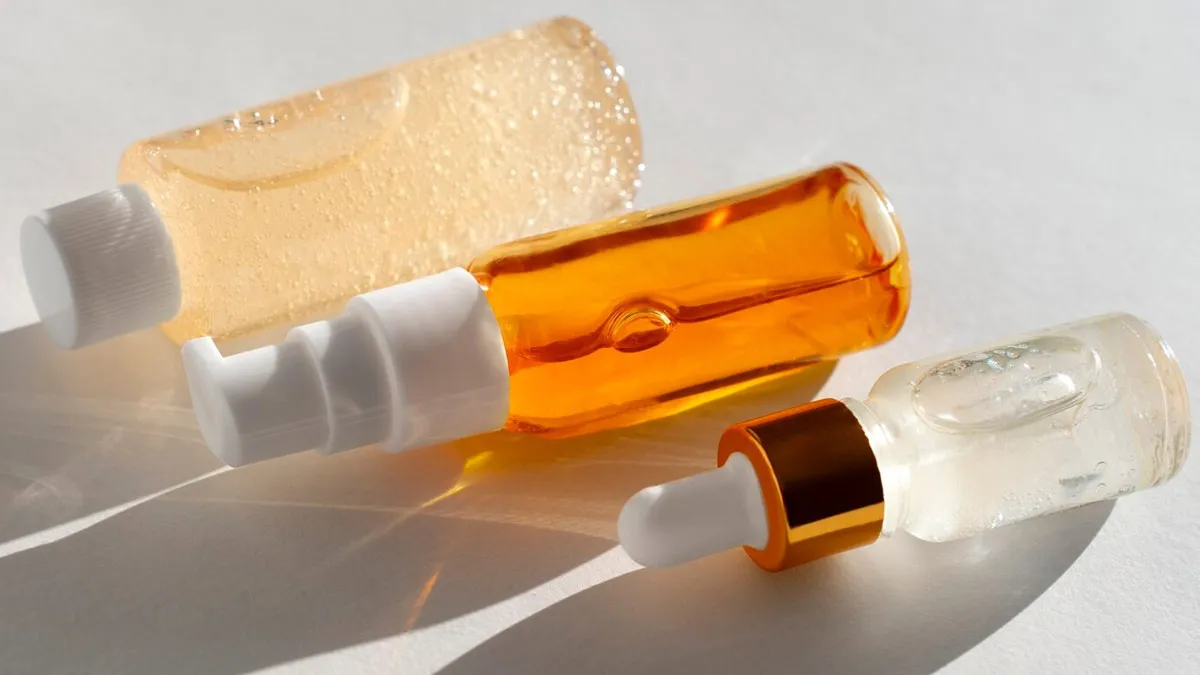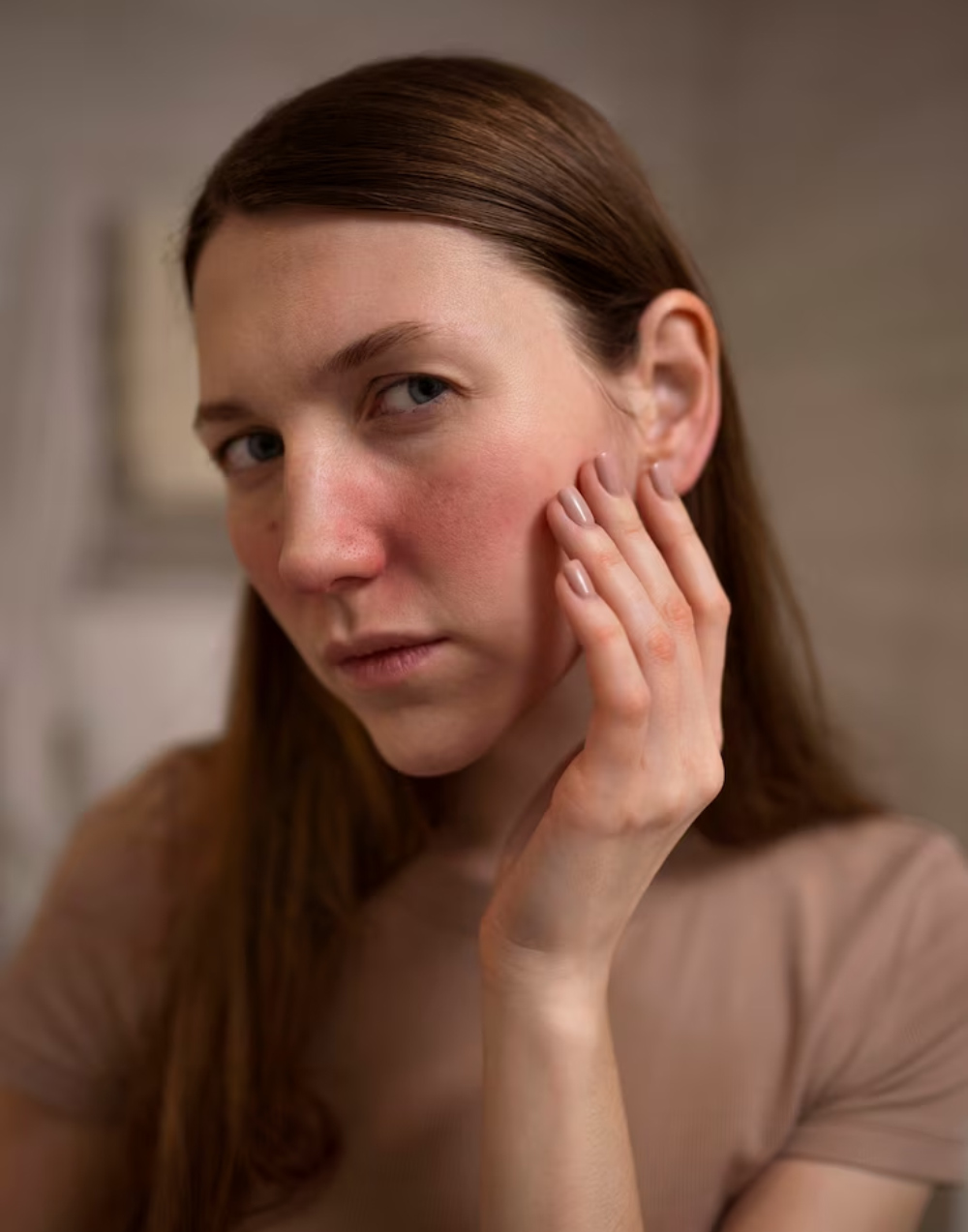
Have you ever looked at your growing stash of serums, toners, and creams and thought, “Can I just use all of them together? In the excitement of trying new skincare, it’s easy to layer multiple products, hoping for that instant glow-up. But here’s the catch, some ingredients don’t get along. The wrong mix of active ingredients can irritate your skin, cancel out each other’s benefits, or even make your concerns worse.
Table of Content:-
Here’s your go-to guide on the ingredient combos you should never (or rarely) mix.
Skin-Care Ingredients That Don't Play Well Together
1. Retinol + AHAs/BHAs = Skin Overload

Retinol is a gold-standard anti-ageing ingredient that promotes cell turnover and helps with acne, fine lines, and pigmentation. But combine it with exfoliating acids like glycolic acid (AHA) or salicylic acid (BHA), and you’ve got a recipe for redness, dryness, and sensitivity.
- Why they clash: Both are exfoliants in their own way. Layering them can over-strip your skin, compromise the barrier, and cause irritation.
- What to do instead: Use acids in the morning (with sunscreen) and retinol at night. You can also alternate nights to let your skin recover.
2. Vitamin C + Niacinamide = Confusing Chemistry
This one's been around for decades. Although some newer products have ingredients that get along, older or unstable forms of Vitamin C, such as L-ascorbic acid don't always get along with niacinamide.
- Why they clash: Together, they may reduce each other’s potency or create a flush-like reaction in sensitive skin.
- What to do instead: Use Vitamin C in the morning for antioxidant protection, and reserve niacinamide (which calms, hydrates, and strengthens skin) for the evening or look for products where both are scientifically stabilised together.
3. Benzoyl Peroxide + Retinol = Cancelled Effects

If acne is your nemesis, you’ve probably tried benzoyl peroxide and retinol at some point. However, you should avoid using them together as they can deactivate each other when used together.
- Why they clash: Benzoyl peroxide oxidizes retinol, making it less effective. Plus, both can cause dryness and flaking on their own, together, they’re too harsh for most skin types.
- What to do instead: Use benzoyl peroxide in the morning and retinol at night, or alternate them on different days if you need both in your routine.
4. Vitamin C + AHAs/BHAs = Too Much Acid
Vitamin C is slightly acidic on its own. If you combine it with exfoliating acids, you may be pushing your skin's pH balance into the danger zone.
- Why they clash: Too many acids is equal to irritation, stinging, and increased sensitivity. Plus, your Vitamin C might not work as effectively at a disrupted pH level.
- What to do instead: Again, think about timing. Apply vitamin C in the morning (with SPF) and AHAs or BHAs at night.
5. Retinol + Vitamin C = A Risky Pair

These two are often marketed as skin-transforming superheroes, but they don’t always agree, especially when used one after another.
- Why they clash: They work optimally at different pH levels. Retinol likes a slightly more neutral environment, while vitamin C requires a lower, more acidic pH. As a result, they can destabilise each other, leading to irritation or reduced effectiveness.
- What to do instead: Split them up. Vitamin C in your morning routine, and retinol at night when your skin is in repair mode.
According to Westlake Dermatology and Cosmetic Surgery, retinol, a vitamin A derivative, functions most effectively in a high alkaline or pH setting. Conversely, Vitamin C thrives in an acidic environment where it can perform its antioxidant functions. Using these ingredients simultaneously can prevent either from delivering their best results.
A derivative of vitamin A, retinol works best in a high alkaline or high pH environment. Vitamin C is the opposite, preferring an acidic environment to work its antioxidant magic. If you use them both at the same time, neither will give you optimal results.
What You Can Do: Pair Smartly
- Good news: Not all combos are off-limits. Some ingredients complement each other:
- Niacinamide + Hyaluronic Acid: Hydration + barrier support
- Vitamin C + Sunscreen: Antioxidant protection + UV defence
- Retinol + Peptides: Anti-ageing power with a skin-soothing buffer
[Disclaimer: This article contains information for informational purposes only. Hence, we advise you to consult your professional if you are dealing with any health issue to avoid complications.]
How we keep this article up to date:
We work with experts and keep a close eye on the latest in health and wellness. Whenever there is a new research or helpful information, we update our articles with accurate and useful advice.
Current Version